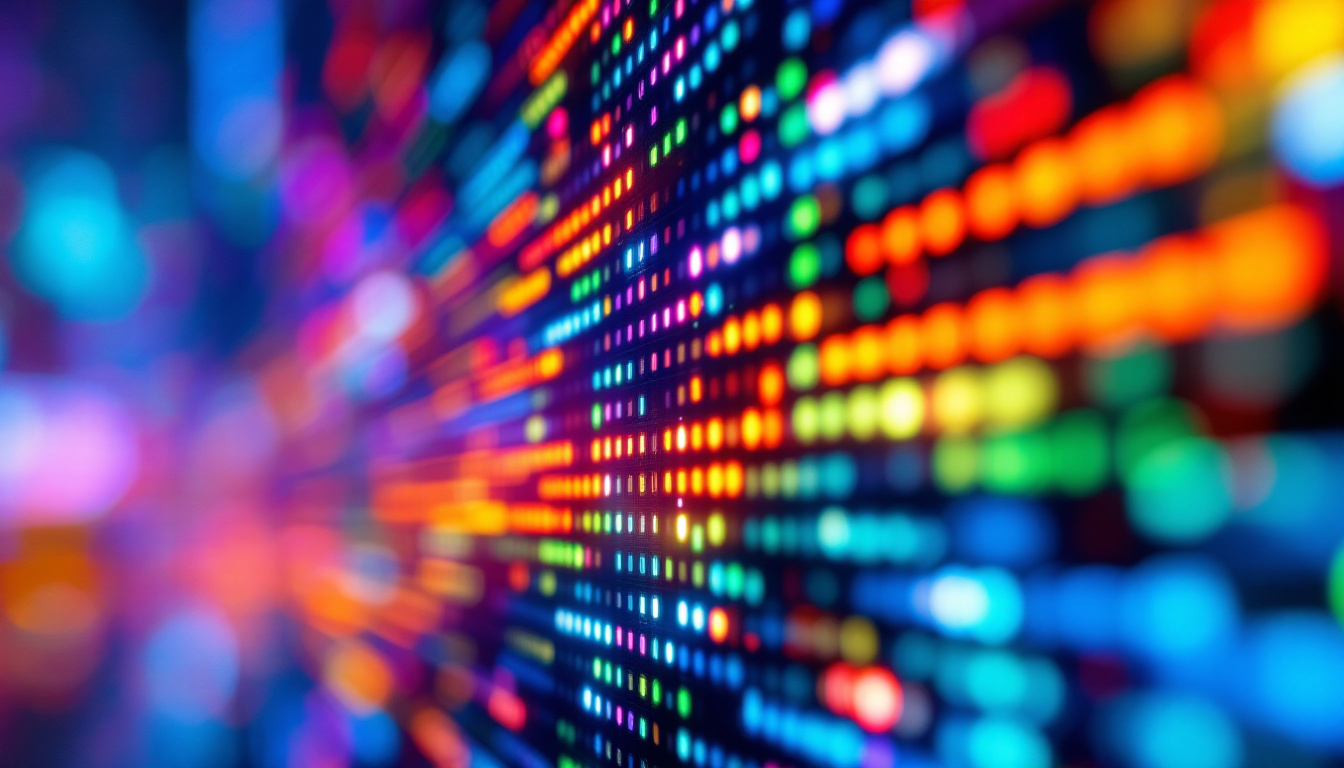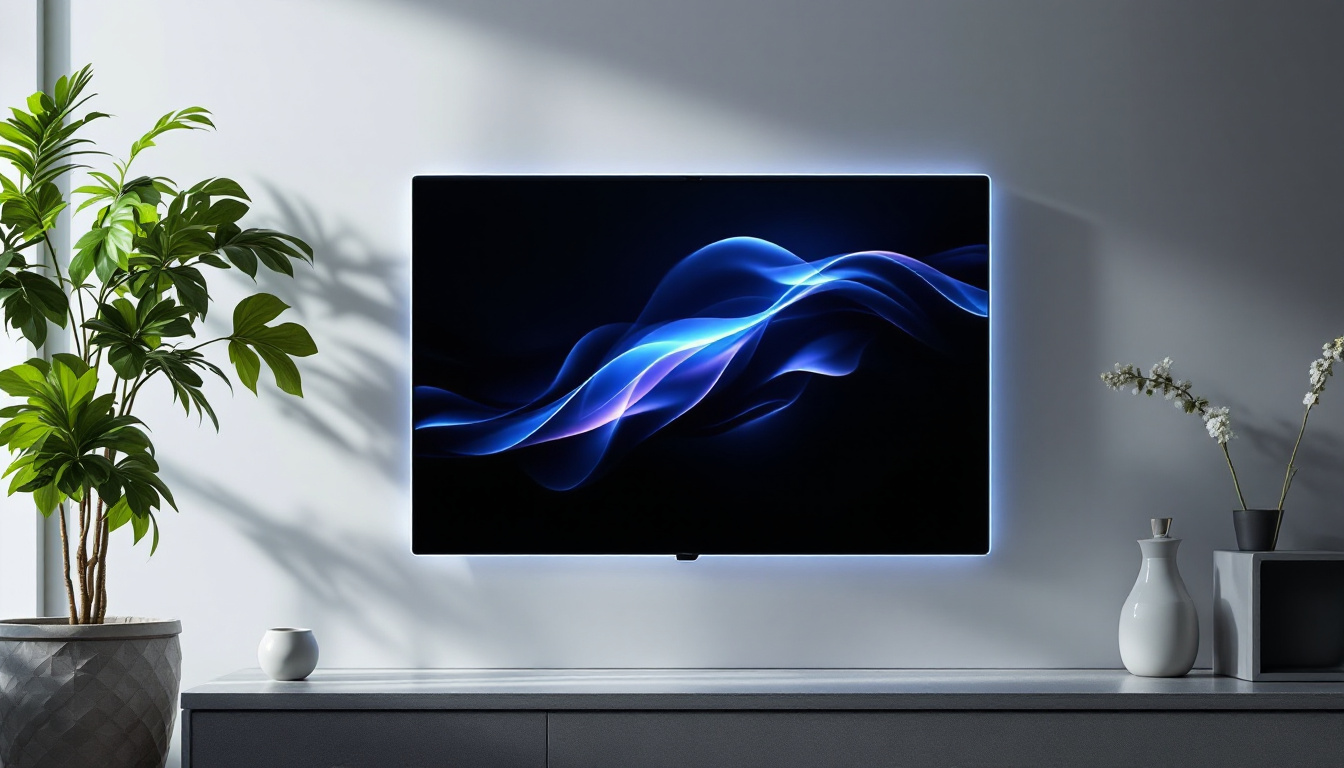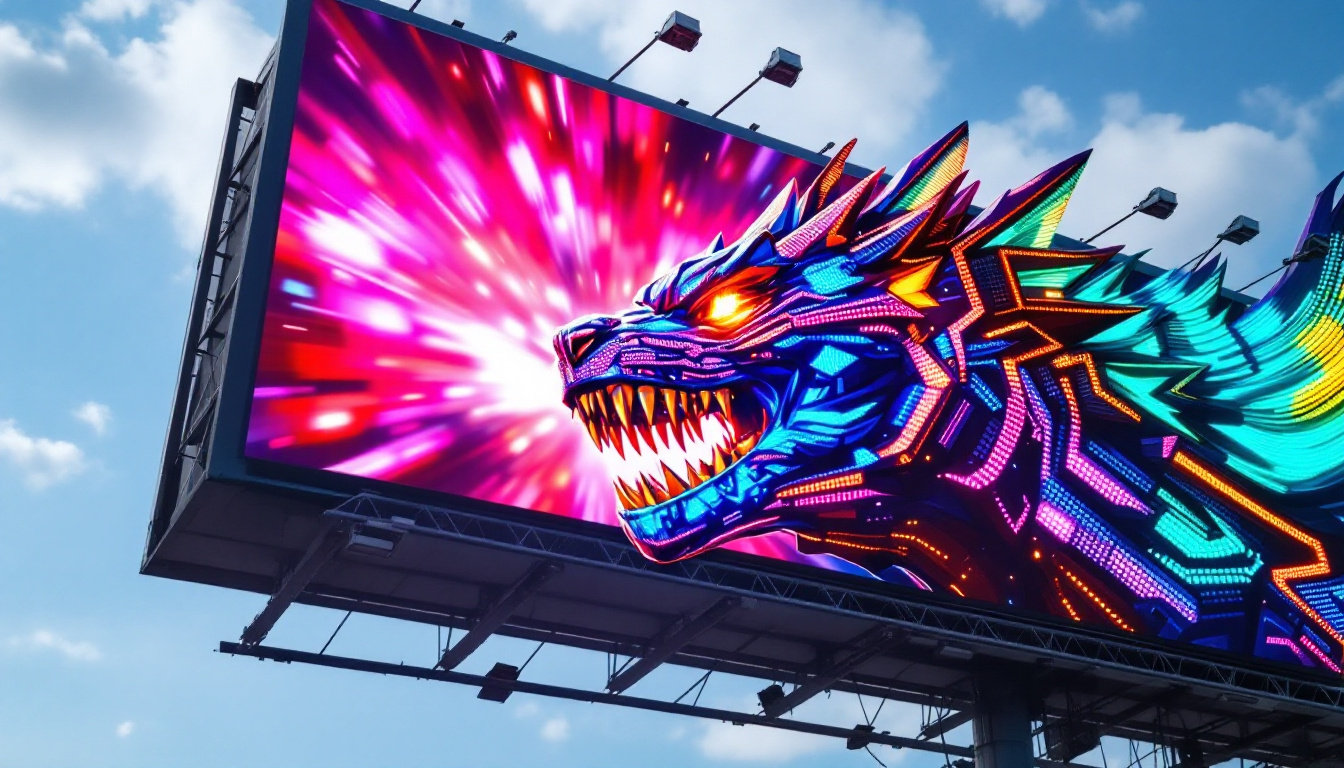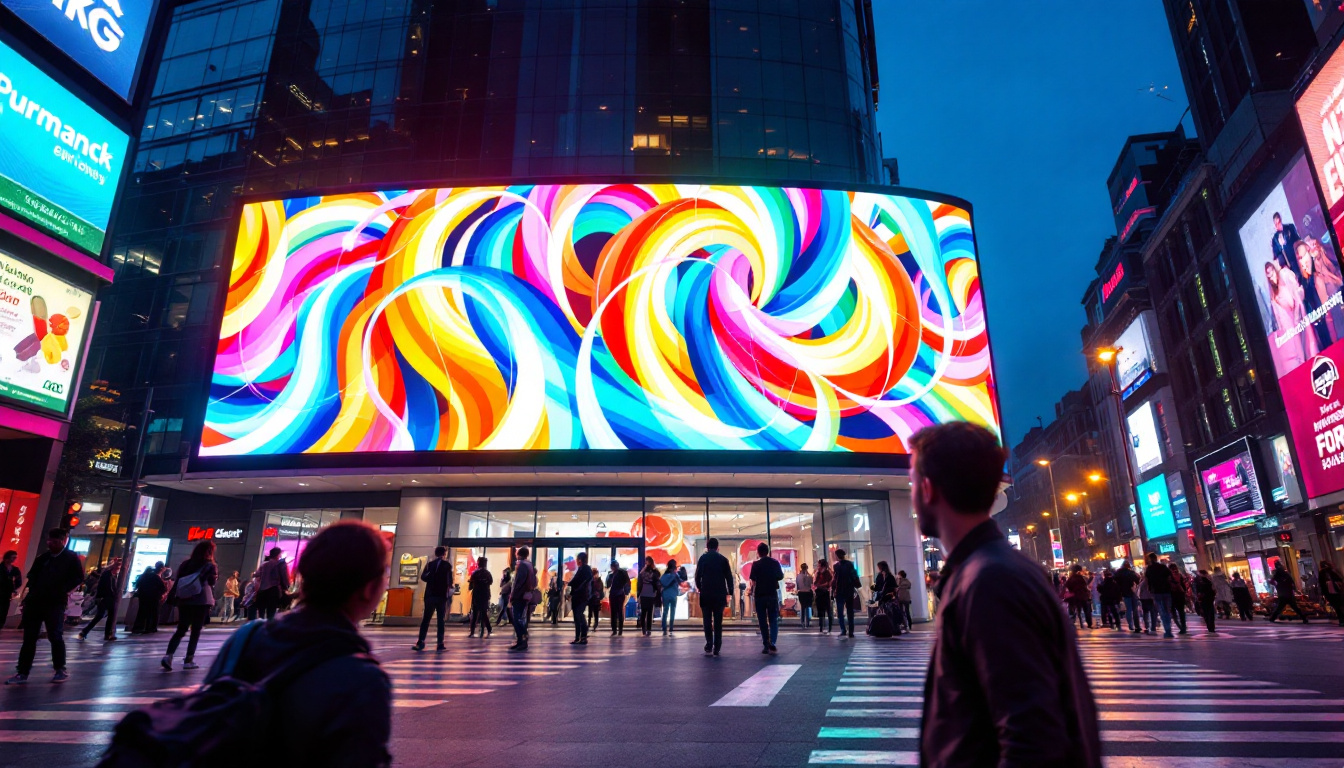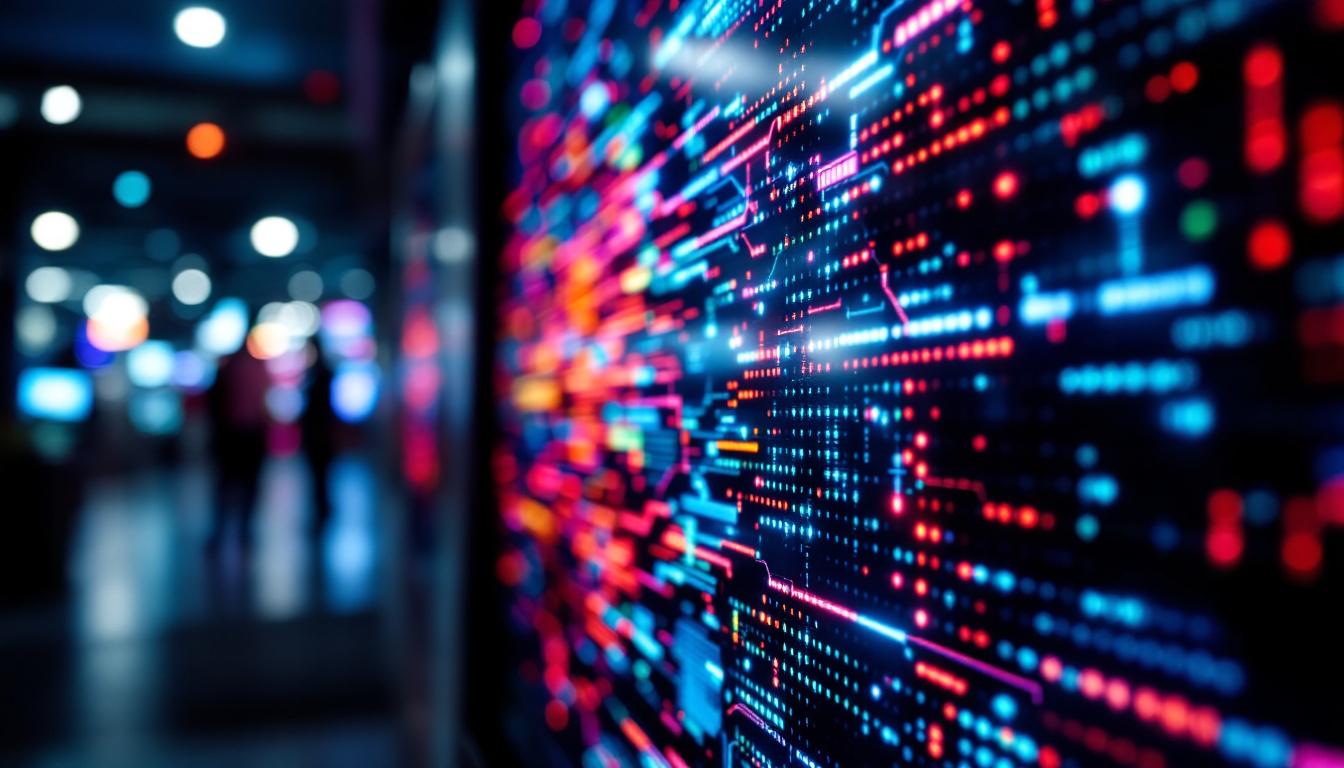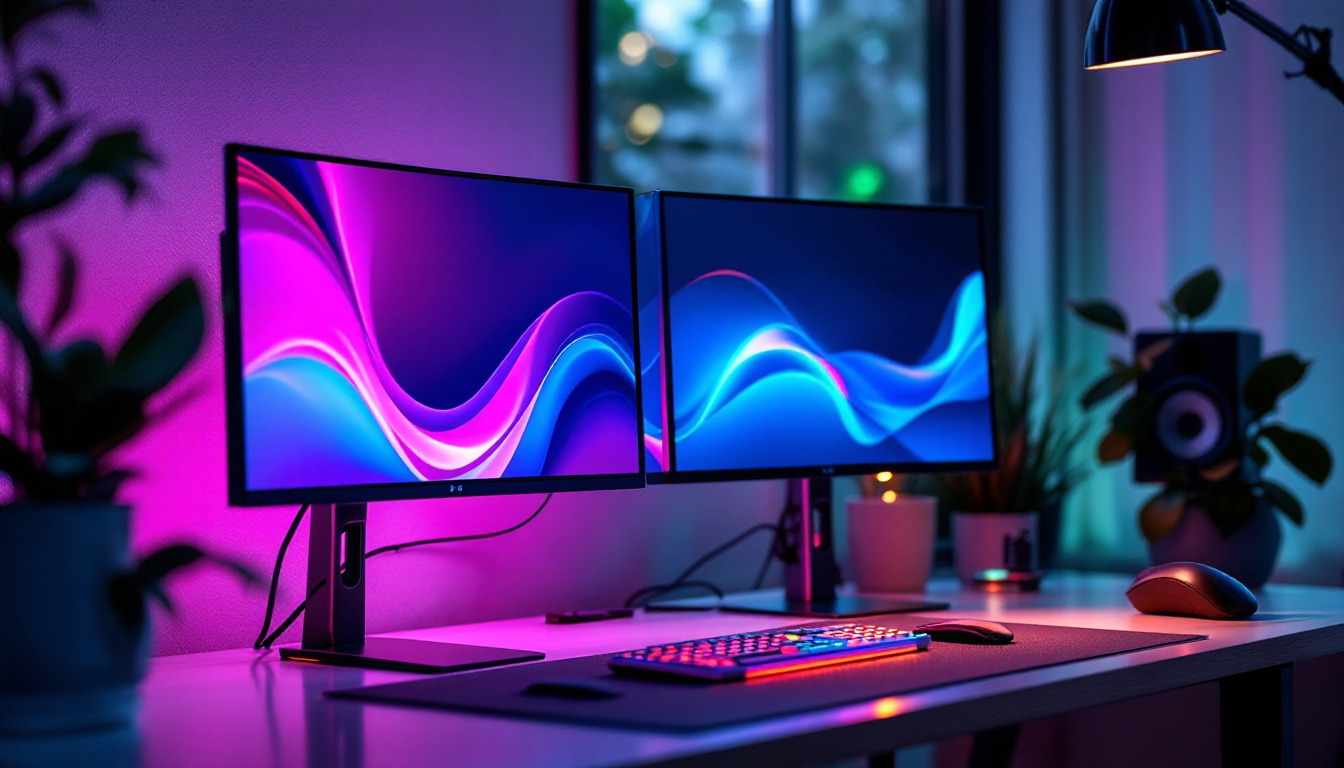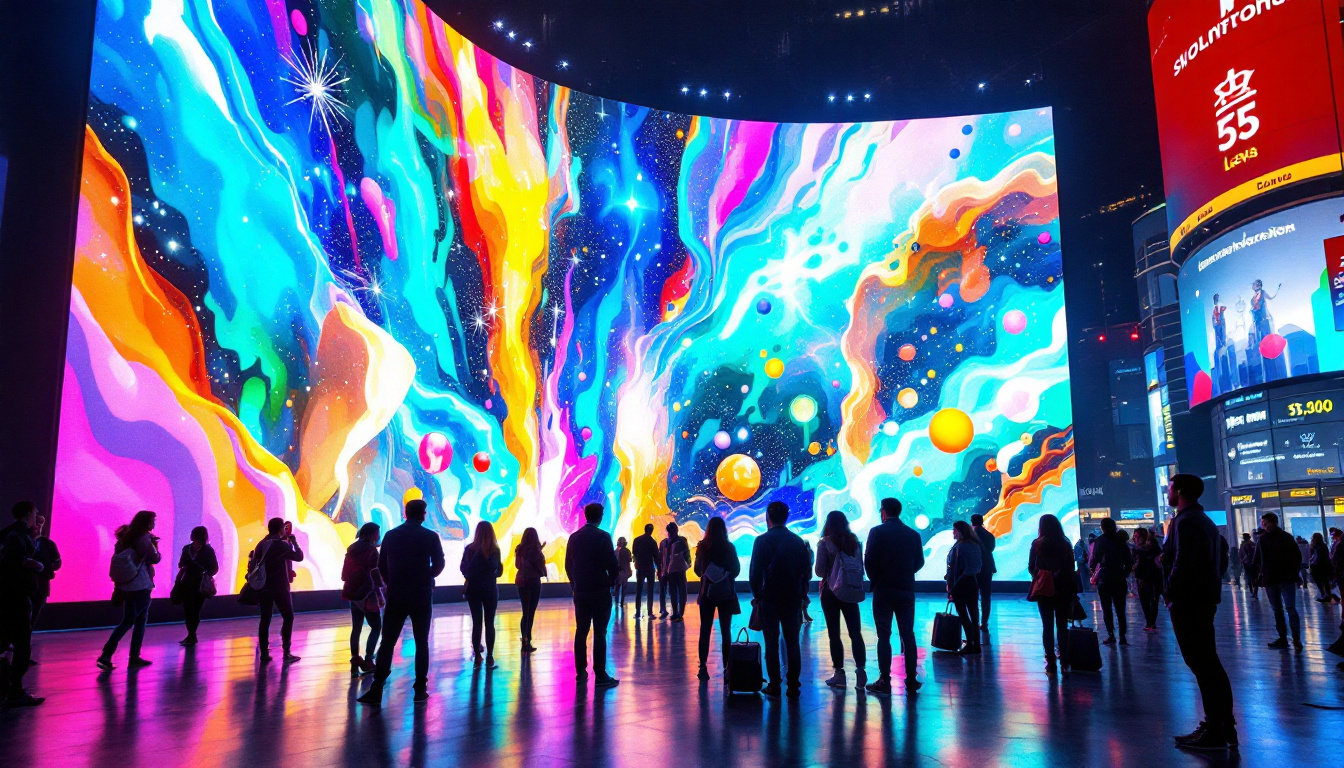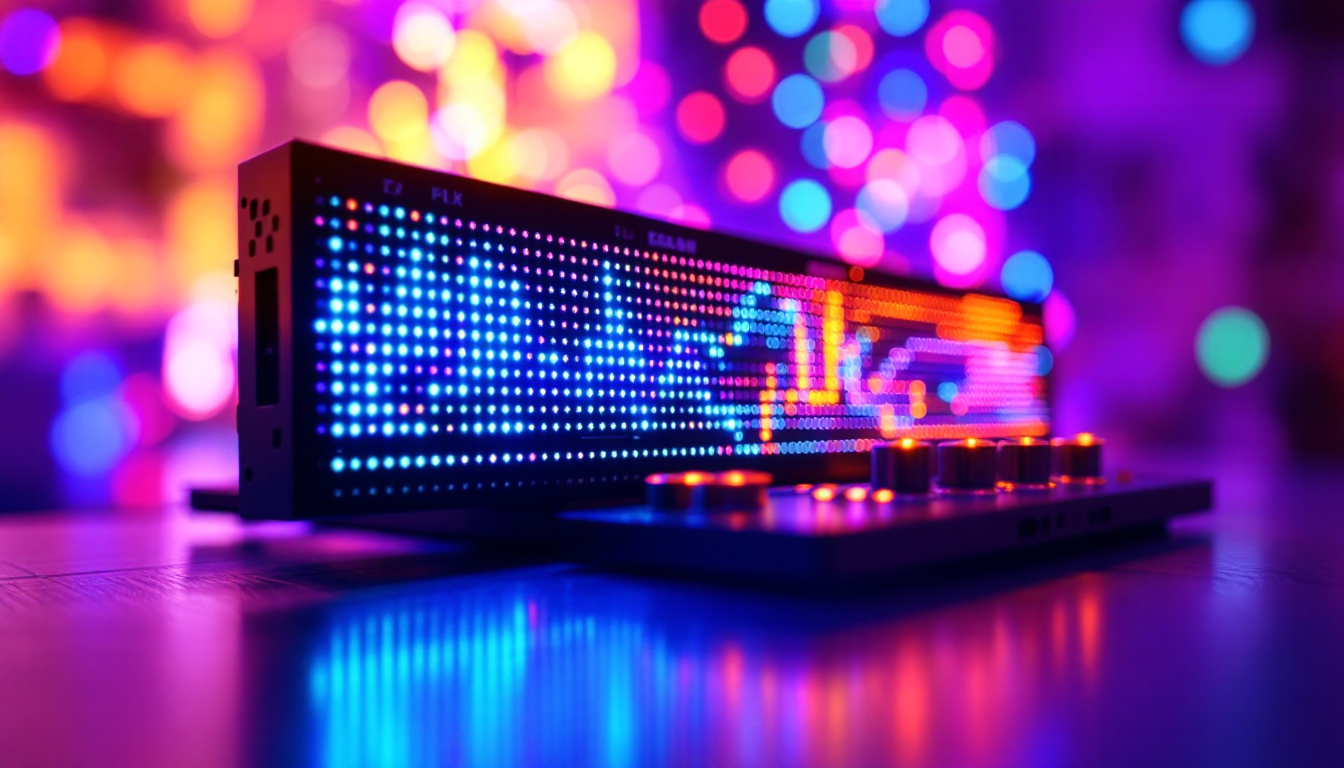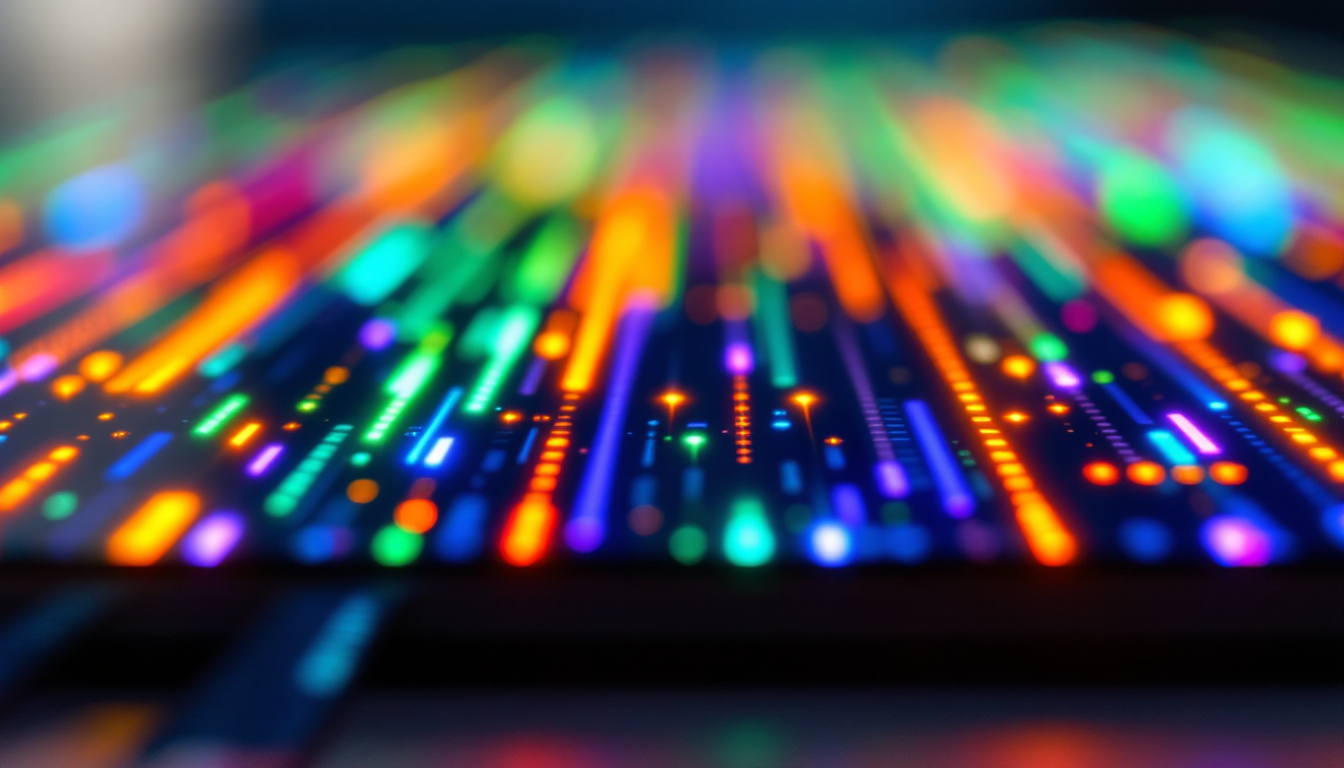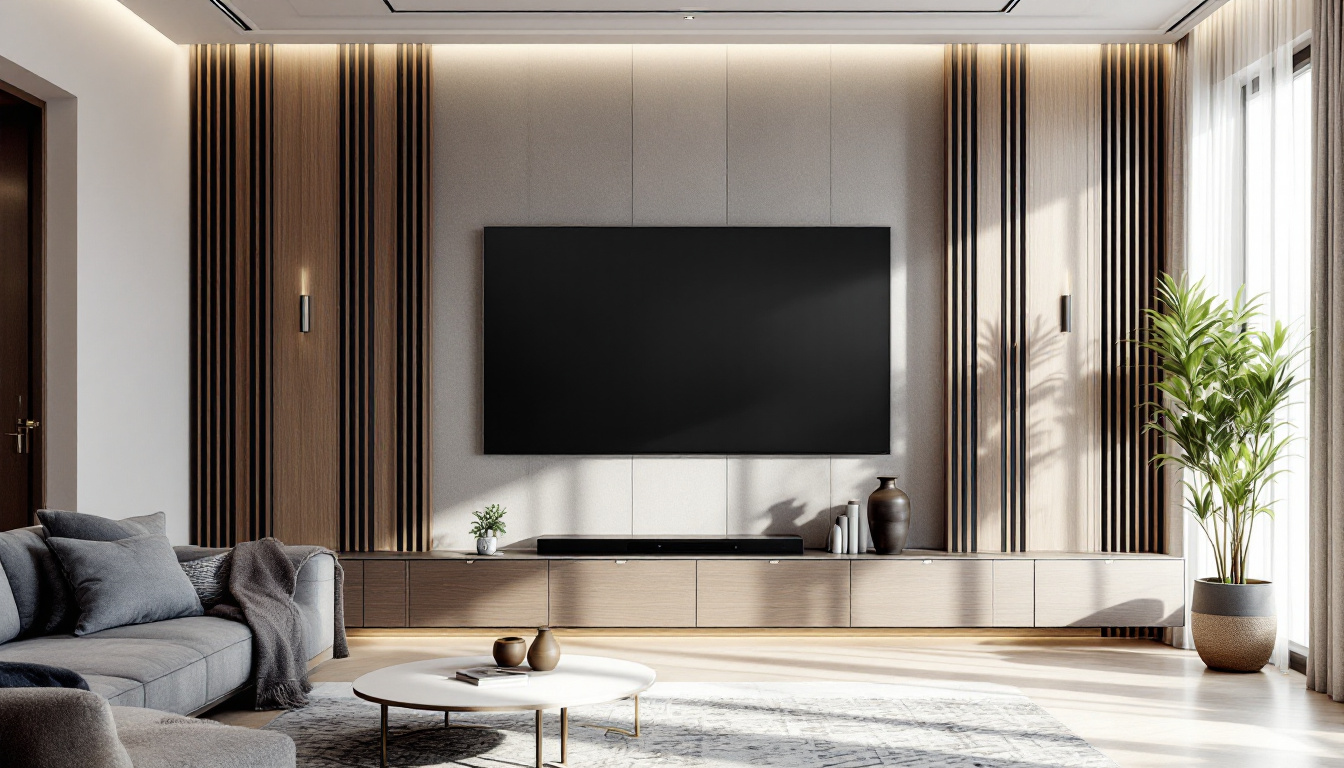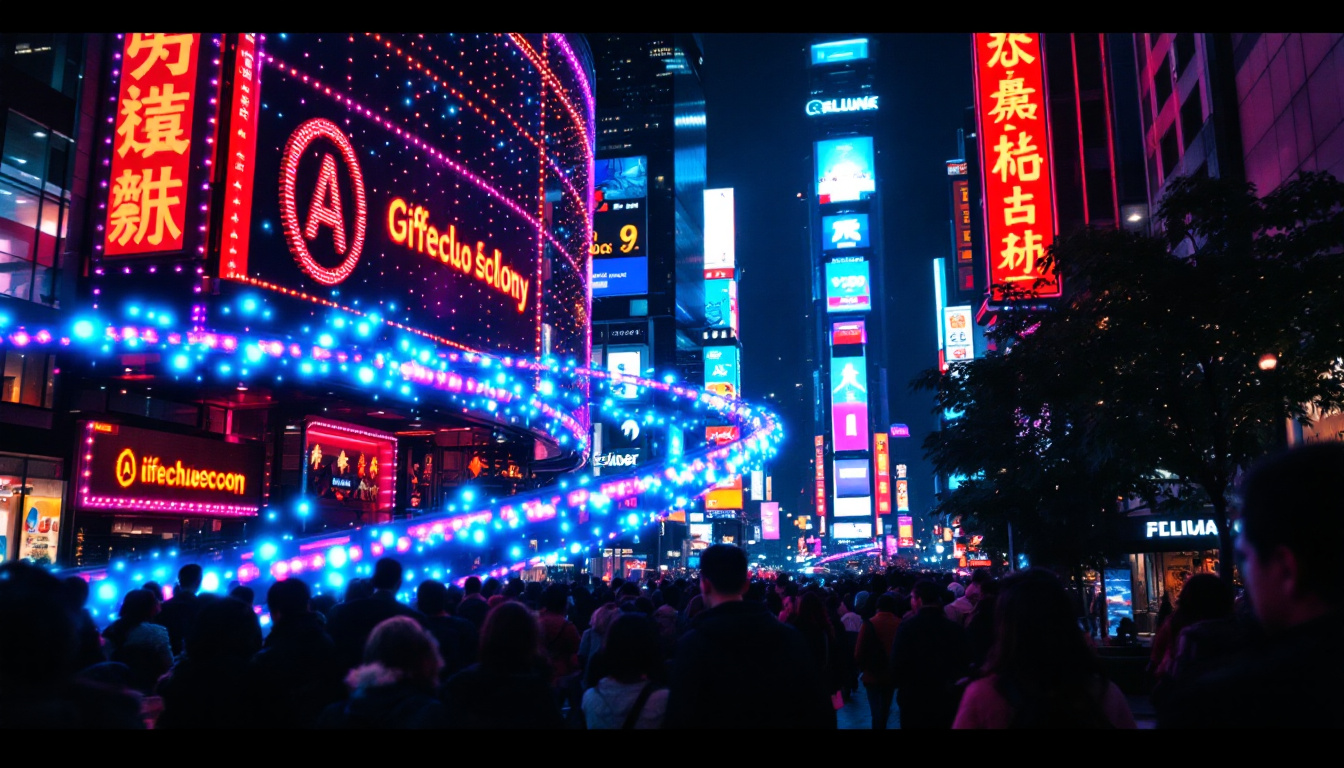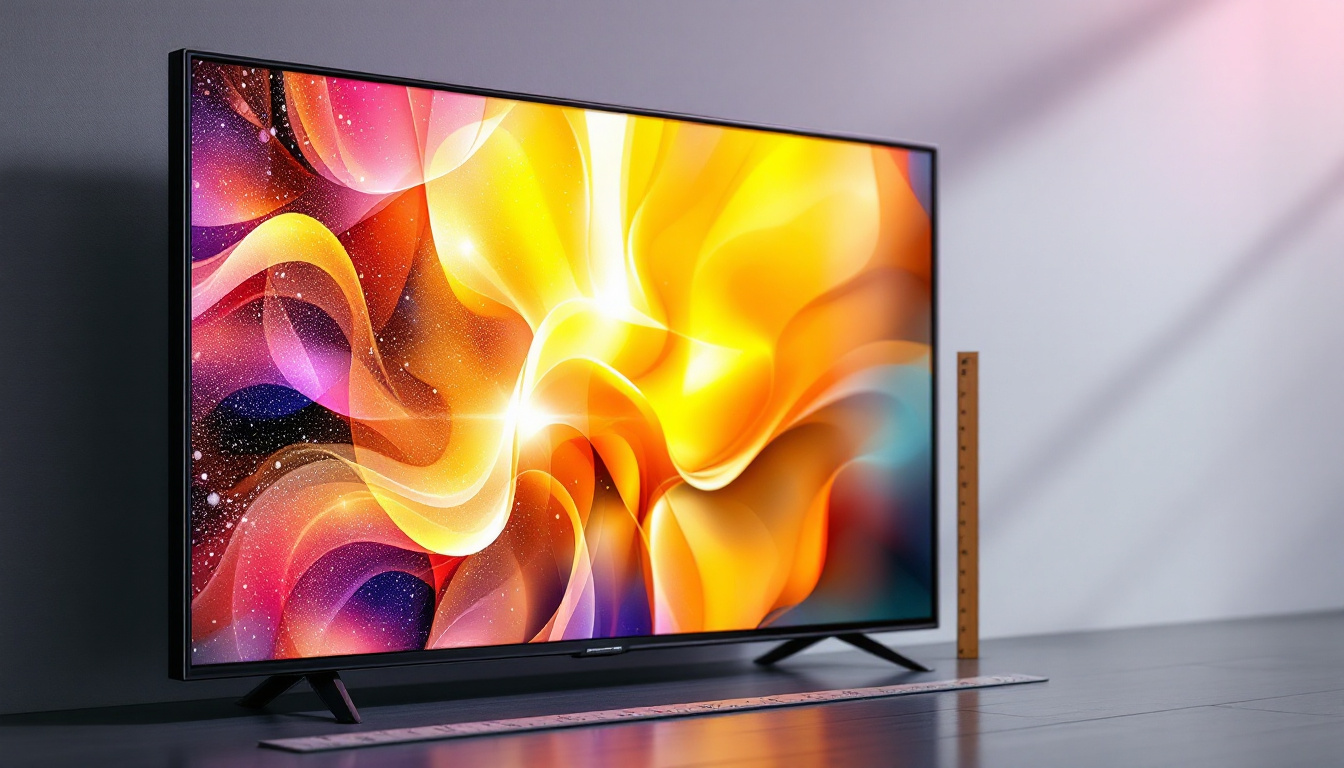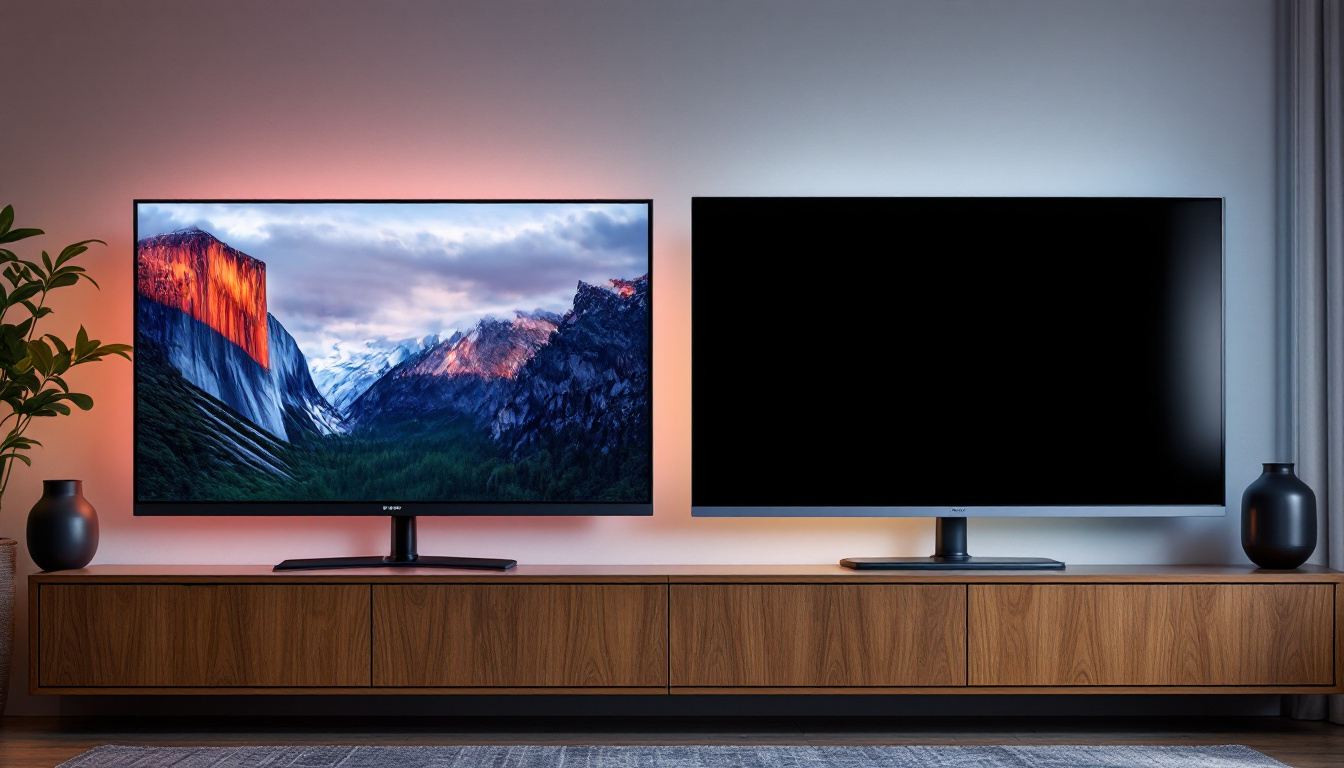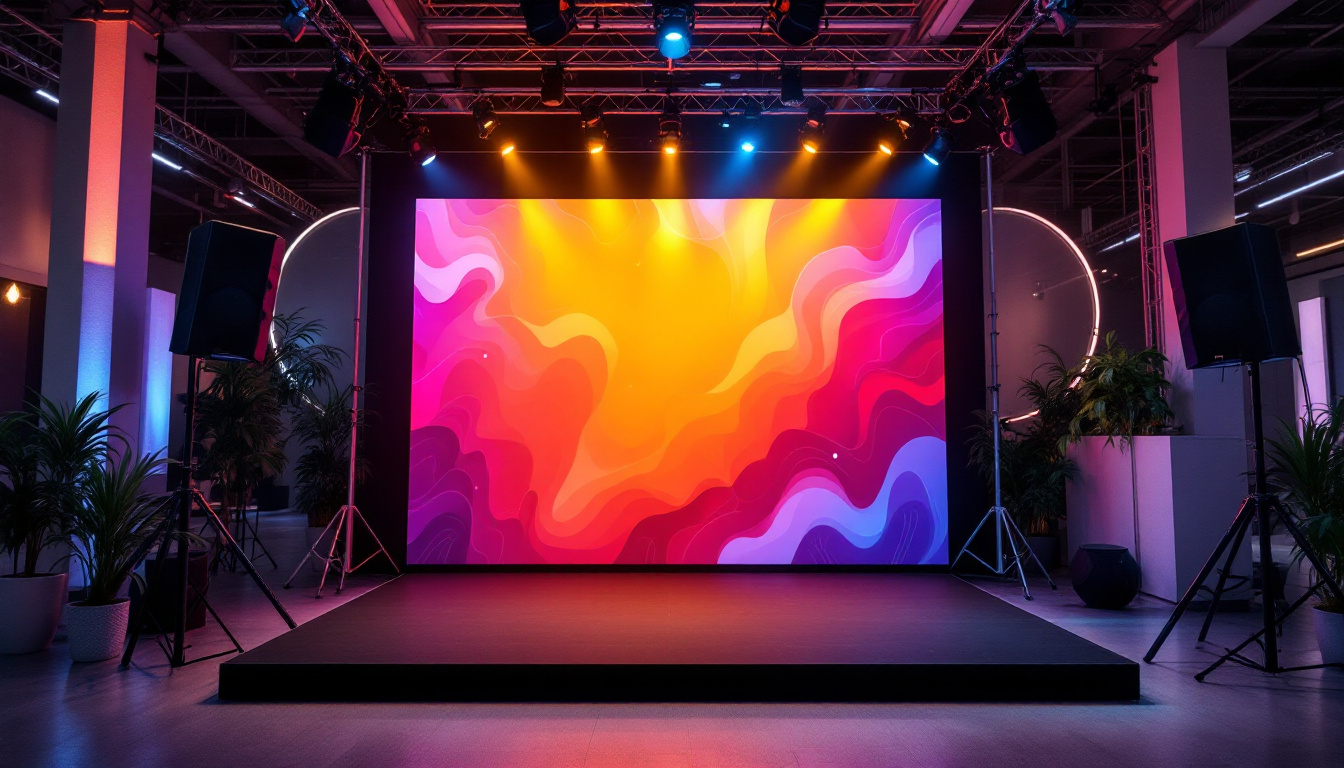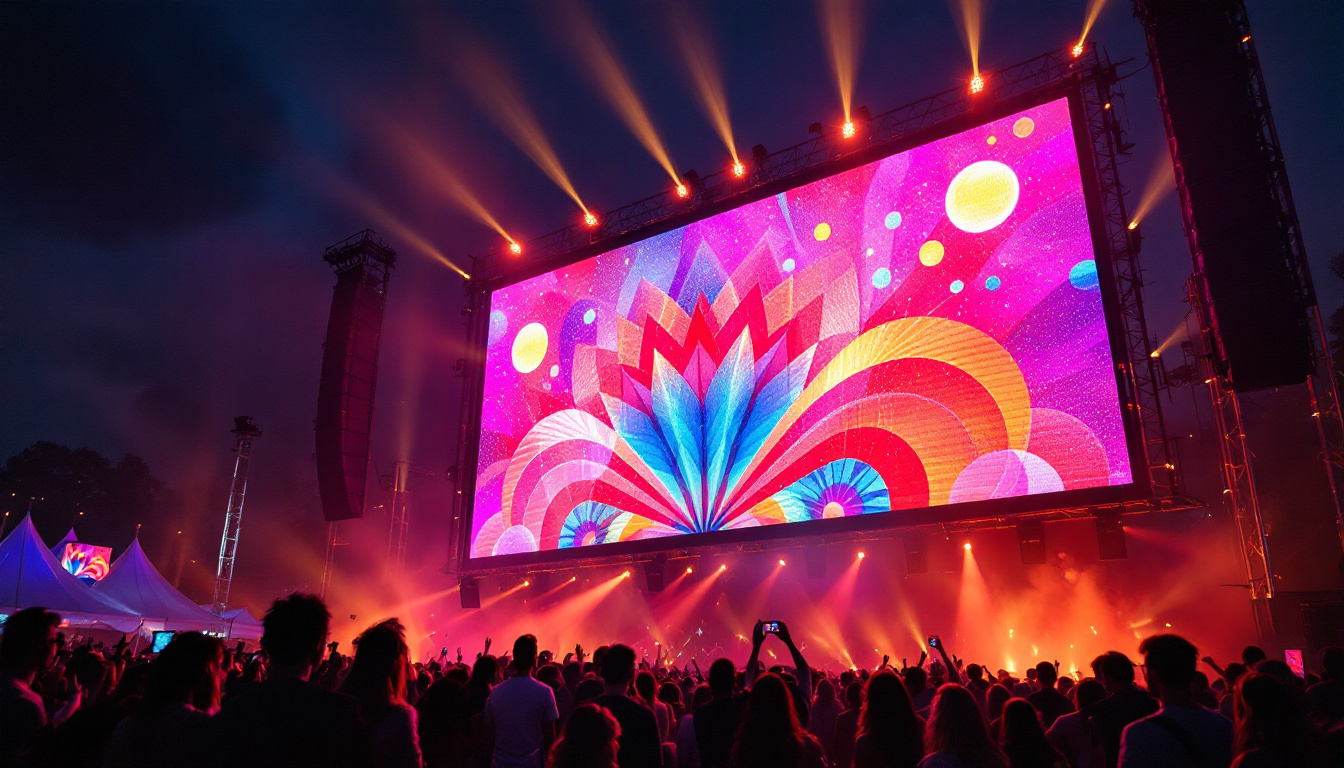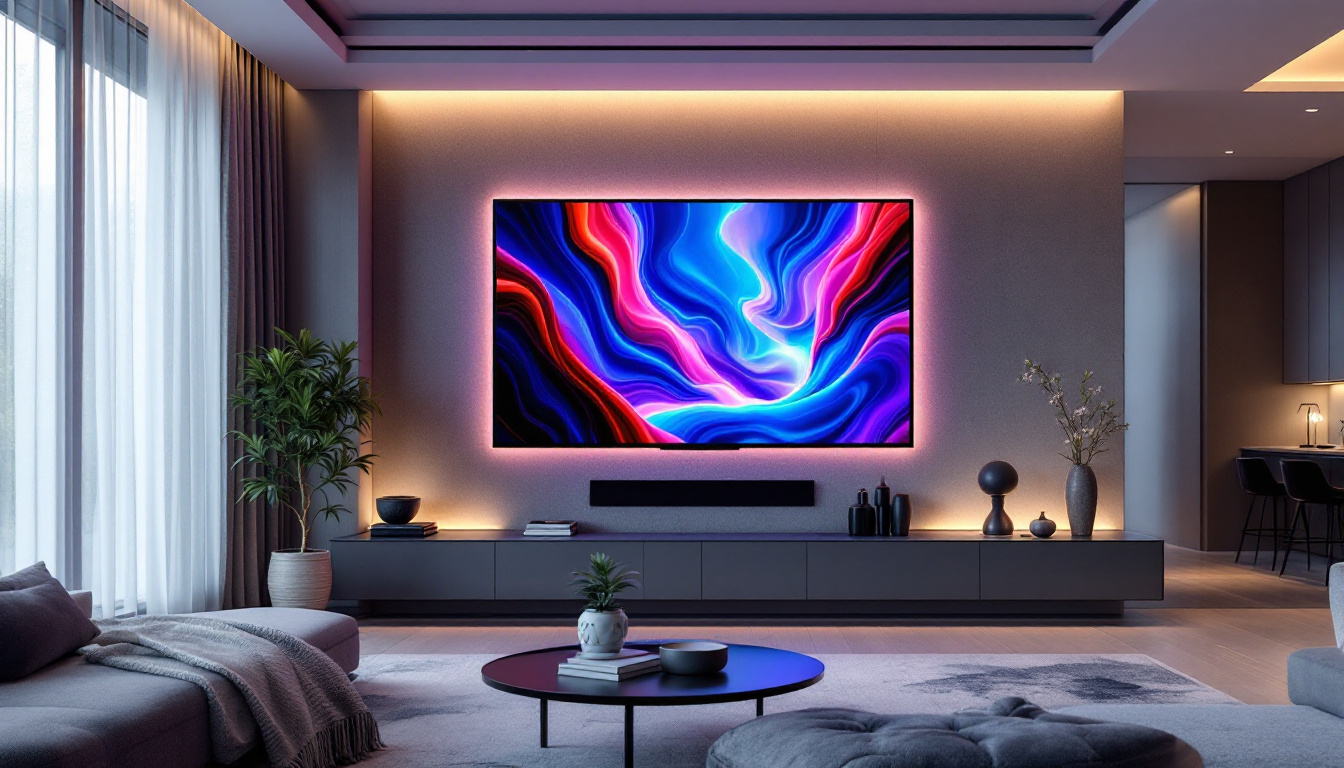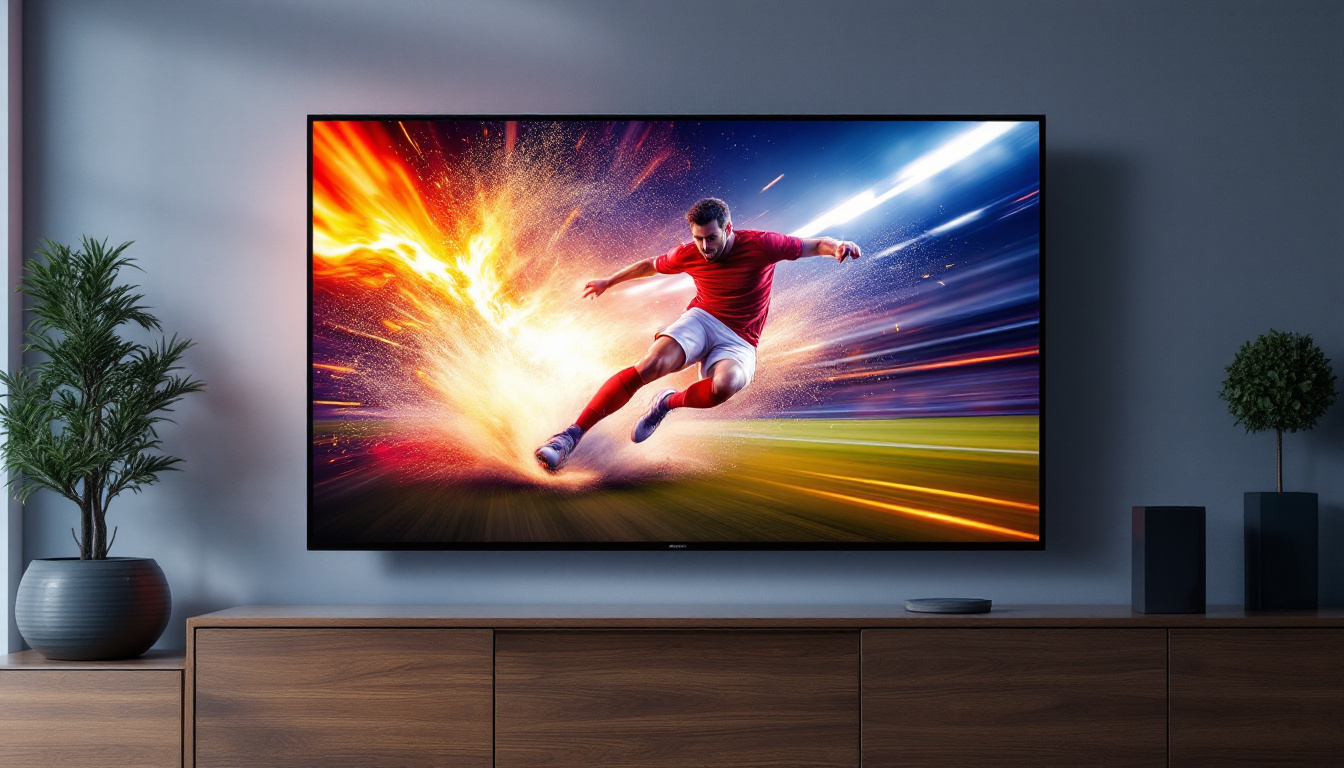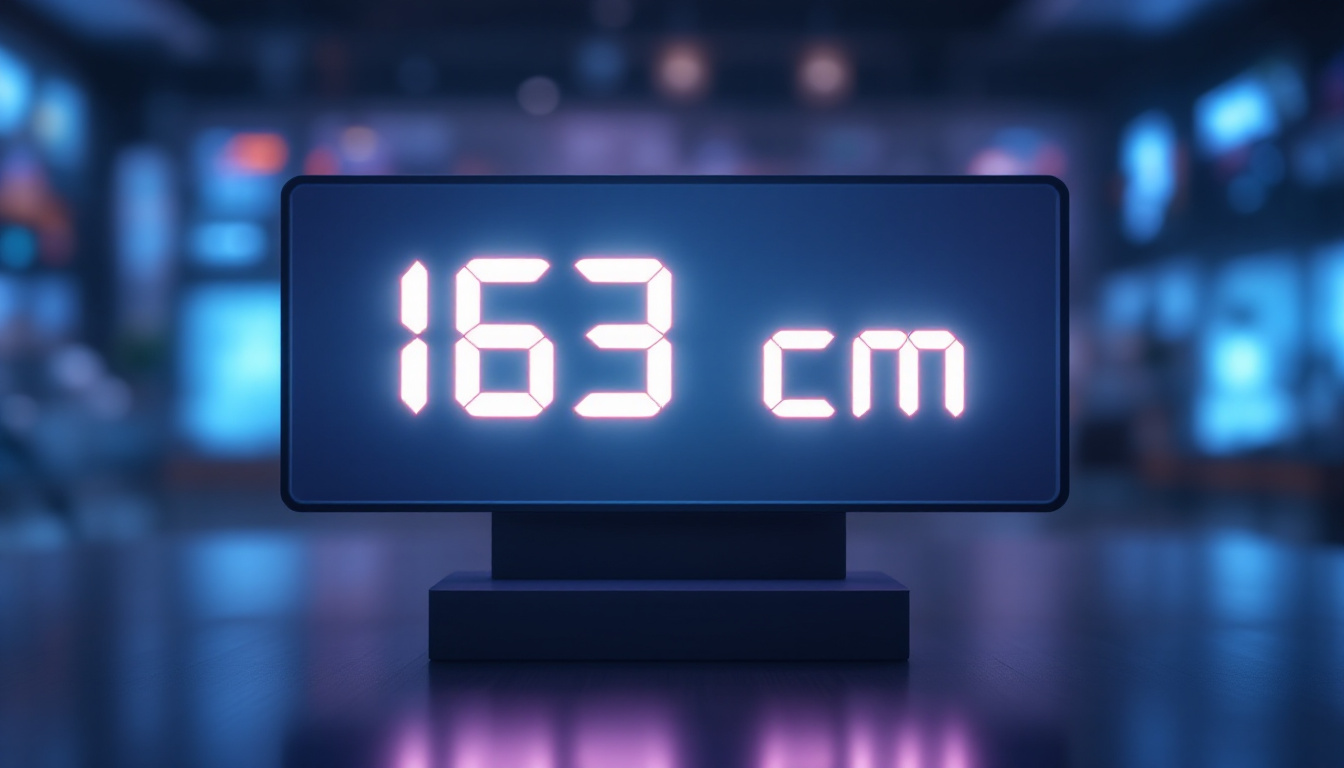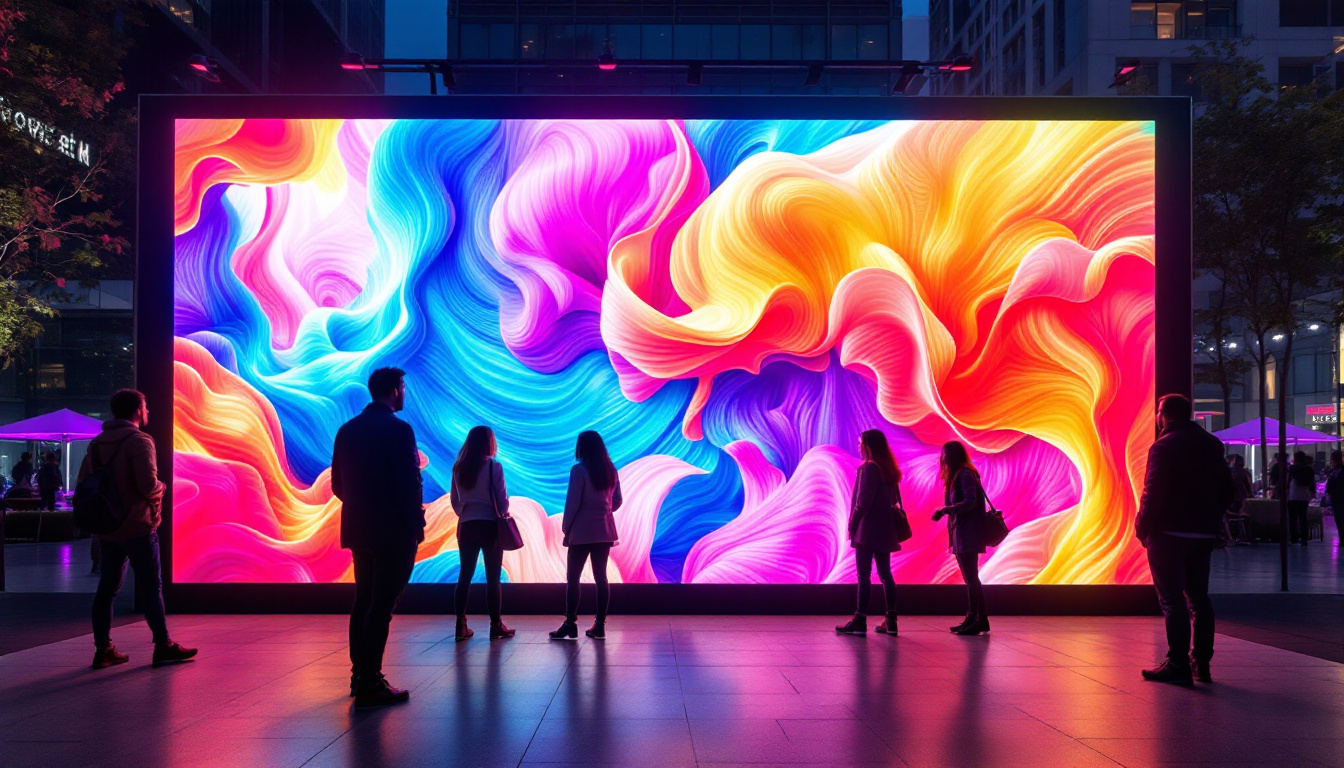In the modern world of technology, LED displays have become ubiquitous, transforming the way information is presented and consumed. From smartphones to large-scale billboards, the pixel line on screen is a crucial element that defines the quality and clarity of visual content. This article delves into the intricacies of LED displays, exploring their construction, functionality, and applications across various industries.
Understanding LED Technology
Light Emitting Diodes (LEDs) are semiconductor devices that emit light when an electric current passes through them. This technology has revolutionized the display industry due to its efficiency, brightness, and longevity. Unlike traditional displays that rely on bulky cathode ray tubes (CRTs) or liquid crystal displays (LCDs), LED displays offer a more compact and versatile solution.
How LEDs Work
At the core of an LED display are tiny diodes that produce light. Each diode corresponds to a single pixel on the screen. When electrical current flows through these diodes, they emit light in various colors, which combine to create the full spectrum of colors visible to the human eye. This process is known as additive color mixing, where red, green, and blue (RGB) light combine to form other colors.
LEDs are categorized into two main types: individual LEDs and LED arrays. Individual LEDs are often used in smaller displays, while arrays are utilized in larger screens, such as video walls and outdoor billboards. The arrangement and density of these LEDs determine the resolution and clarity of the display. Furthermore, advancements in technology have led to the development of organic LEDs (OLEDs), which provide even greater flexibility and color accuracy, allowing for thinner screens and more vibrant images.
Benefits of LED Displays
LED displays offer numerous advantages over traditional display technologies. One of the most significant benefits is their energy efficiency. LEDs consume less power, which not only reduces electricity costs but also contributes to environmental sustainability. Additionally, LED displays can achieve higher brightness levels, making them suitable for both indoor and outdoor use.
Another notable advantage is their durability. LED displays are less susceptible to damage from shocks or vibrations, making them ideal for high-traffic areas. Furthermore, they have a longer lifespan compared to other display technologies, often lasting tens of thousands of hours before requiring replacement. This longevity translates to lower maintenance costs and less frequent need for upgrades, making them a cost-effective choice for businesses and consumers alike. Additionally, the rapid response time of LEDs allows for smoother video playback and more dynamic visuals, enhancing the overall viewing experience.
Moreover, LED technology has also paved the way for innovative applications beyond traditional displays. For instance, in the automotive industry, LED lights are increasingly being used for headlights and interior lighting, providing better visibility and energy savings. In architectural design, LED lighting is employed to create stunning visual effects on building facades, transforming urban landscapes into vibrant works of art. The versatility of LEDs continues to inspire creativity across various fields, proving that their impact extends far beyond mere display technology.
Components of an LED Display
Understanding the components of an LED display is essential for grasping how they function. Each display consists of several key elements that work together to produce high-quality images and videos.
Pixel Matrix
The pixel matrix is the heart of an LED display. It consists of multiple pixels arranged in rows and columns. Each pixel is made up of individual red, green, and blue LEDs, which can be controlled independently. This allows for precise color rendering and image quality. The resolution of the display is determined by the number of pixels; higher pixel counts result in sharper images.
Control System
The control system manages the operation of the LED display. It processes the input signals from various sources, such as computers or video players, and converts them into a format suitable for the display. This system ensures that the right colors and brightness levels are achieved for each pixel, resulting in a cohesive visual experience.
Power Supply
Power supply units are crucial for LED displays, providing the necessary voltage and current to the pixel matrix. A reliable power supply ensures consistent performance and prevents flickering or dimming of the display. Many modern LED displays come equipped with built-in power management systems that optimize energy consumption and enhance overall efficiency.
Types of LED Displays
LED displays come in various types, each designed for specific applications and environments. Understanding these types can help in selecting the right display for a particular use case.
Direct View LED Displays
Direct view LED displays are composed of individual LEDs that form the entire screen. These displays are known for their exceptional brightness and color accuracy, making them ideal for outdoor advertising and large venues. They can be viewed from a distance without losing image quality, making them perfect for stadiums and concert arenas.
LED Backlit Displays
LED backlit displays utilize LEDs to illuminate an LCD panel from behind. This combination allows for thinner screens while providing better contrast and color reproduction compared to traditional LCDs. These displays are commonly found in televisions and computer monitors, offering a balance between performance and energy efficiency.
Organic LED (OLED) Displays
Organic LED displays represent a significant advancement in display technology. Unlike traditional LEDs, OLEDs use organic compounds to emit light. This technology allows for incredibly thin screens with vibrant colors and deep blacks, as each pixel can turn on or off independently. OLED displays are widely used in high-end televisions and smartphones, providing an immersive viewing experience.
Applications of LED Displays
The versatility of LED displays has led to their adoption across various industries. From advertising to entertainment, their applications are vast and varied.
Advertising and Marketing
One of the most prominent uses of LED displays is in advertising. Digital billboards and signage have transformed how businesses promote their products and services. The ability to display dynamic content, such as videos and animations, captures the attention of potential customers more effectively than static displays. Moreover, LED advertising can be easily updated, allowing businesses to adapt their messaging in real-time.
Entertainment and Events
In the entertainment industry, LED displays play a crucial role in enhancing the audience experience. Concerts, festivals, and sporting events often feature large LED screens that showcase live feeds, graphics, and effects. These displays create an immersive atmosphere, allowing audiences to engage with the performance on a deeper level. Additionally, LED technology is used in stage lighting and set design, further enhancing the visual appeal of productions.
Transportation and Wayfinding
LED displays are increasingly used in transportation systems for wayfinding and information dissemination. Airports, train stations, and bus terminals utilize LED screens to provide real-time updates on schedules, delays, and directions. The bright and clear visibility of LED displays ensures that travelers can easily access important information, enhancing the overall travel experience.
Challenges and Considerations
While LED displays offer numerous benefits, there are also challenges and considerations to keep in mind when implementing this technology.
Cost Factors
One of the primary challenges associated with LED displays is their initial cost. High-quality LED technology can be expensive to install, particularly for large-scale applications. However, it is essential to consider the long-term savings associated with energy efficiency and reduced maintenance costs. Over time, the investment in LED displays can prove to be cost-effective.
Environmental Concerns
As with any technology, environmental considerations are crucial. The production and disposal of LED displays can have ecological impacts. It is important for manufacturers and consumers to prioritize sustainable practices, such as recycling old displays and using eco-friendly materials in production. Additionally, advancements in LED technology continue to focus on reducing energy consumption and minimizing waste.
Viewing Angles and Distance
Another consideration is the viewing angle and distance of LED displays. While direct view LED displays can be viewed from various angles, some displays may experience color distortion or reduced brightness when viewed from extreme angles. It is essential to select the appropriate display type based on the intended viewing conditions to ensure optimal performance.
The Future of LED Displays
The future of LED displays looks promising, with continuous advancements in technology and design. As the demand for high-quality visual experiences grows, manufacturers are innovating to create even more efficient and versatile displays.
MicroLED Technology
MicroLED technology is an emerging trend that promises to revolutionize the display industry. MicroLEDs are tiny individual LEDs that can be used to create high-resolution displays without the need for a backlight. This technology offers several advantages, including improved energy efficiency, enhanced color accuracy, and the potential for flexible displays. As MicroLED technology matures, it is expected to find applications in everything from televisions to wearable devices.
Integration with Smart Technology
As smart technology continues to evolve, LED displays are increasingly being integrated with Internet of Things (IoT) capabilities. This integration allows for real-time data sharing and interactivity, enhancing the functionality of displays in various applications. For example, smart advertising displays can analyze viewer demographics and adjust content accordingly, maximizing engagement and effectiveness.
Augmented and Virtual Reality
LED displays are also playing a significant role in the development of augmented reality (AR) and virtual reality (VR) experiences. As these technologies advance, the demand for high-resolution, immersive displays will continue to grow. LED technology can provide the necessary brightness and color fidelity to create engaging AR and VR environments, paving the way for new applications in gaming, education, and training.
Conclusion
LED displays have transformed the landscape of visual technology, offering unparalleled brightness, energy efficiency, and versatility. Understanding the intricacies of LED technology, its components, and its applications is essential for making informed decisions in various sectors. As advancements continue to shape the future of LED displays, their impact on advertising, entertainment, and everyday life will only grow stronger. Embracing this technology not only enhances visual experiences but also contributes to a more sustainable and connected world.
Discover the Future of Visual Technology with LumenMatrix
Ready to elevate your visual communication and captivate your audience like never before? Explore LumenMatrix’s innovative LED display solutions, where cutting-edge technology meets creative design. From dynamic Indoor LED Wall Displays to impactful Outdoor LED Wall Displays, and from versatile Vehicle LED Displays to engaging LED Sports Displays, LumenMatrix offers a wide range of products tailored to your unique needs. Experience the revolution in digital signage and take the first step towards a brighter, more sustainable future. Check out LumenMatrix LED Display Solutions today and see your vision come to life.

